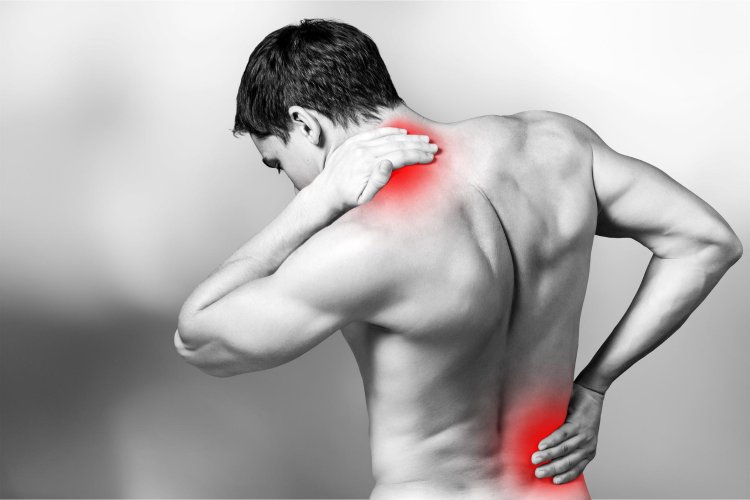Symptoms of Muscle Strain
The symptoms of a muscle strain can vary depending on the severity of the injury. However, common signs to look out for include:
- Pain: Pain is often the first symptom of a muscle strain. The pain may range from mild to severe and can be felt at the site of the injury.
- Swelling: Swelling can occur as a result of inflammation in the affected muscle tissue. This may cause the area to appear swollen or feel tender to the touch.
- Bruising: Bruising, or discoloration of the skin, may develop around the injured muscle due to bleeding under the skin.
- Muscle Weakness: Muscle weakness or difficulty moving the affected muscle may occur, especially during activities that require strength or flexibility.
- Muscle Spasms: Muscle spasms, or involuntary contractions of the muscle, can occur as the body tries to protect the injured area.
Common Causes of Muscle Strain
Muscle strains can be caused by a variety of factors, including:
- Overexertion: Overexerting the muscles during physical activity or exercise can lead to muscle strain. This is especially common when the muscles are not properly warmed up or conditioned.
- Sudden Movements: Sudden movements or changes in direction, such as those often seen in sports like basketball or tennis, can strain the muscles.
- Poor Body Mechanics: Poor posture or improper lifting techniques can put strain on the muscles, increasing the risk of injury.
- Fatigue: Muscles that are fatigued or tired are more susceptible to strain, as they may not be able to support the demands placed on them.
Treatment Options for Muscle Strain
The treatment for a muscle strain will depend on the severity of the injury. However, some common treatment options include:
- Rest: Resting the injured muscle is essential for allowing it to heal properly. Avoiding activities that aggravate the injury can help prevent further damage.
- Ice: Applying ice to the affected area can help reduce pain and swelling. Ice packs should be applied for 15-20 minutes at a time, several times a day.
- Compression: Compression bandages or wraps can help support the injured muscle and reduce swelling. Be sure not to wrap the bandage too tightly, as this can restrict blood flow.
- Elevation: Elevating the injured muscle above the level of the heart can also help reduce swelling and promote healing.
- Pain Relief: Over-the-counter pain medications, such as ibuprofen or acetaminophen, can help alleviate pain and discomfort associated with muscle strains.
- Physical Therapy: In some cases, physical therapy may be recommended to help strengthen the muscles and improve flexibility after a muscle strain.
Preventing Muscle Strain
While muscle strains can be difficult to avoid completely, there are some steps you can take to reduce your risk of injury:
- Warm-Up: Always warm up properly before engaging in physical activity or exercise. This can help prepare the muscles for the demands that will be placed on them.
- Use Proper Technique: Use proper body mechanics and lifting techniques to avoid putting unnecessary strain on the muscles.
- Stay Hydrated: Drink plenty of water before, during, and after physical activity to keep the muscles hydrated and functioning properly.
- Listen to Your Body: Pay attention to your body's signals and avoid pushing yourself too hard, especially if you are feeling fatigued or in pain.
- Stay Flexible: Incorporate stretching and flexibility exercises into your routine to help keep the muscles supple and less prone to injury.
In conclusion, muscle strains are a common injury that can occur during physical activity, sports, or everyday tasks. Understanding the symptoms and treatment options for muscle strains is essential for proper management and recovery. By taking steps to prevent muscle strain and seeking appropriate treatment when necessary, you can help protect your muscles and reduce your risk of injury.
#MuscleStrain #InjuryPrevention #PhysicalHealth #FitnessTips #RecoveryMethods #MuscleCare #StayFlexible #ProperTechnique #HealthAndWellness
Disclaimer:
The information provided in this article is for educational purposes only and should not be considered medical advice. If you have any health concerns or are experiencing symptoms, it is important to consult with a healthcare professional, such as a doctor or clinic, for proper diagnosis and treatment. Always seek the advice of your doctor or other qualified health provider with any questions you may have regarding a medical condition. Do not disregard professional medical advice or delay in seeking it because of something you have read in this article.






















